
Here’s how property investors can unlock lucrative opportunities in APAC’s life sciences sector
Life sciences as an investible asset class is still at a nascent stage, but there are a few entry routes.
In a recent report, CBRE says the pandemic-driven acceleration in R&D and active life sciences investment in other regions, most notably the U.S., are drawing buyers to the sector in Asia Pacific, with sophisticated facilities for R&D, manufacturing and high- specification storage attracting strong enquiries.
However, according to CBRE, direct investment in such assets remains limited, with just a few transactions for manufacturing / office plus R&D facilities recorded in Australia, Japan and China over the last 24 months, and isolated cases of international pharmaceutical companies restructuring their existing portfolios and disposing of underutilised facilities.
The period also saw some sale leaseback deals for distribution centres and corporate offices by pharmaceutical companies looking to improve their balance sheets or recycle capital for future R&D projects.
Here’s more from CBRE:
While committing capital into co-mingled funds investing in life sciences real estate is a potential entry route for investors, such funds are mainly focused on assets in the U.S. and Europe. In March of this year, Korea’s National Pension Service committed US$500 million to Blackstone’s Life Science Office Real Estate Perpetual Fund, which owns office and laboratory facilities in the U.S. There are just two life sciences and pharmaceutical real estate focused funds in Asia Pacific, namely LC Core Opportunistic Fund I and II, both managed by Singapore based Lighthouse Canton.
The lack of investment activity in Asia Pacific life sciences real estate is due to several factors. As most life sciences facilities are purpose-built and self-owned, they are not available for sale. Government concessions to support the sector mean that many facilities are leased or their associated land sold at below market value.
In addition, many R&D and manufacturing facilities are owned by universities, government institutes and end-users, making it even more challenging for buyers to source opportunities. Concerns over the covenant strength of smaller life science companies may also hinder deal flow as the investment period for new pharmaceutical and medical devices is frequently very long.
While life sciences real estate is at a nascent stage of development as an investible asset class, CBRE believes the sector holds significant potential. Entry routes include, but are not limited to, the following:
Investors seeking income-producing assets can target sale leasebacks or disposals by life sciences companies looking to improve their balance sheets or offload non-essential assets following M&A. Most such opportunities are available in Australia and Japan. Korea, where ownership restrictions in the Pangyo 1st Techno Valley began to expire in 2020, also offers prospects.
CBRE expects numerous assets to come onto the market in the coming years as pharmaceutical companies recycle capital for R&D. As some of these assets are multi-use sites and include industrial, laboratories and offices, investors should note that they will have to purchase such properties in their entirety.
Value-added investors can consider converting older industrial properties into BSL-1/BSL-2 laboratories or cold storage. This strategy is more appropriate for markets with a limited supply of land dedicated to accommodating the life sciences sector, such as Hong Kong SAR and Japan.
While assets do not necessarily have to located in city centres – a criteria that may help lower initial investment – any properties will need to comply with certain specifications related to ceiling height, floor loading, and floorplate, along with power capacity for additional ventilation systems and waste management.
Given the prominent role of government bodies in promoting the development of the life sciences industry, investors are advised to consider forming partnerships with local authorities. Some science parks also permit developers to obtain land from the government to develop build-to-suit facilities.
Examples of this trend include private entity Labzone’s participation in the Bengaluru Life Science Park in Bangalore. In Singapore, developers can lease business park sites for 30 years plus another 30 years through a tender, with Ascendas and Ho Bee Land using this approach for their development projects in Biopolis.
As life sciences assets attract investor interest, yields will be tight, particularly for R&D labs. Manufacturing facilities will offer relatively higher yield given their unique specifications.


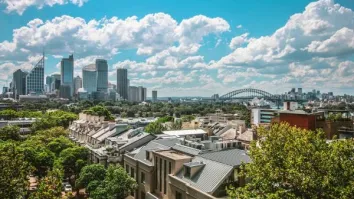
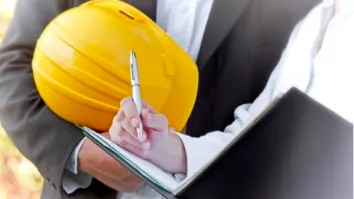
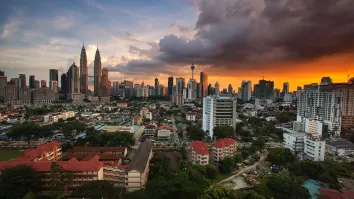
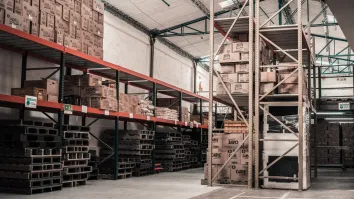



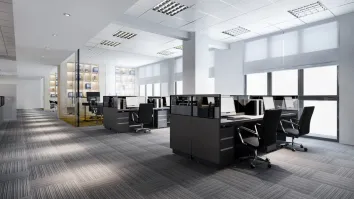



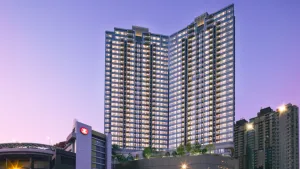



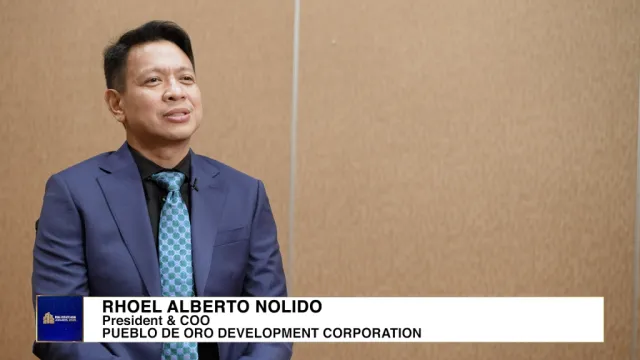

 Advertise
Advertise




